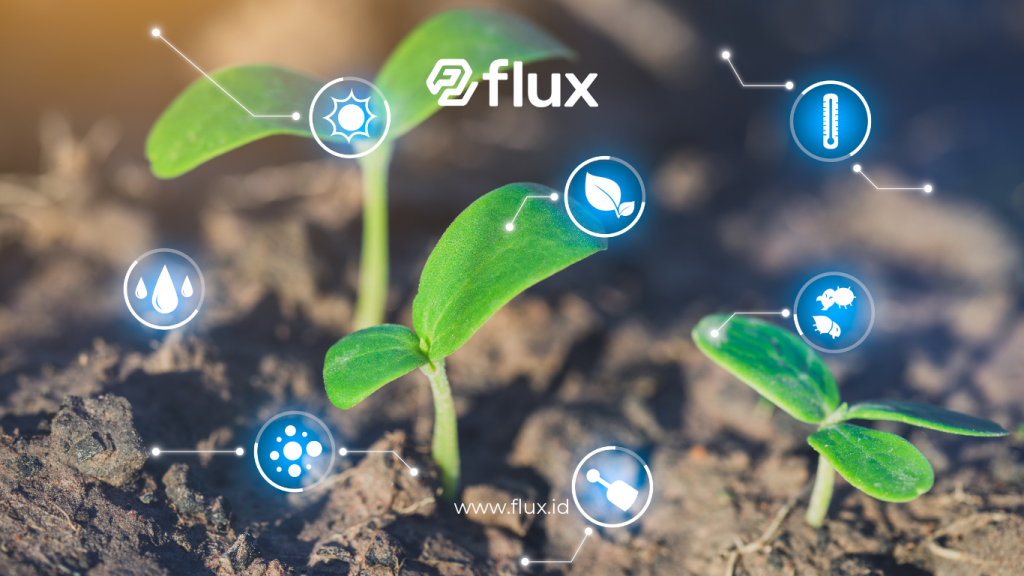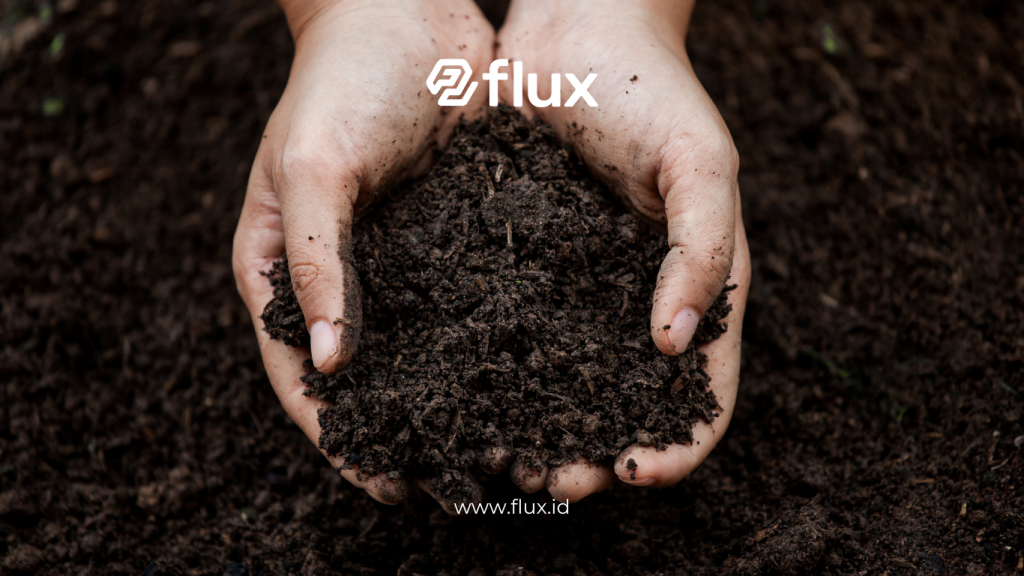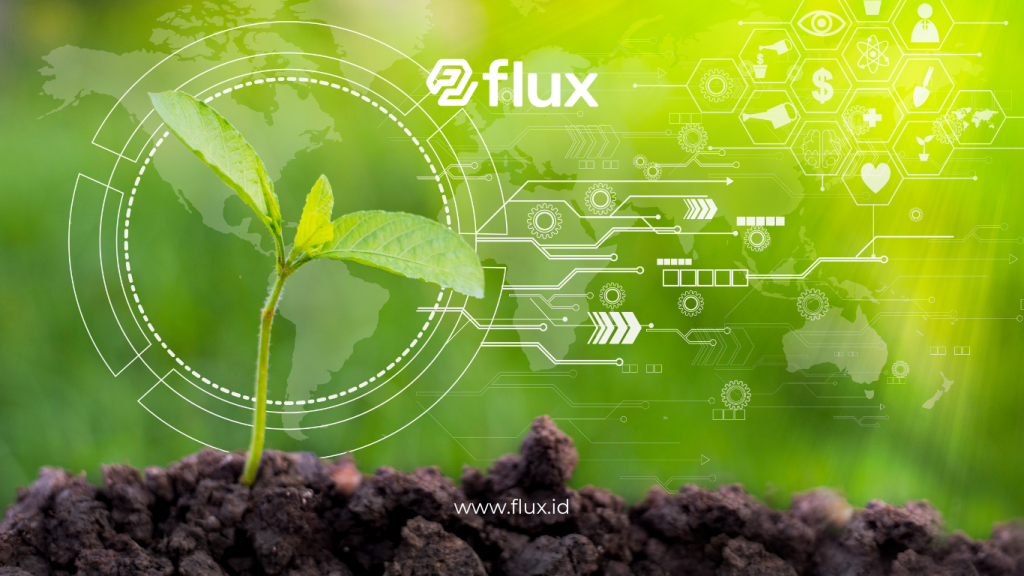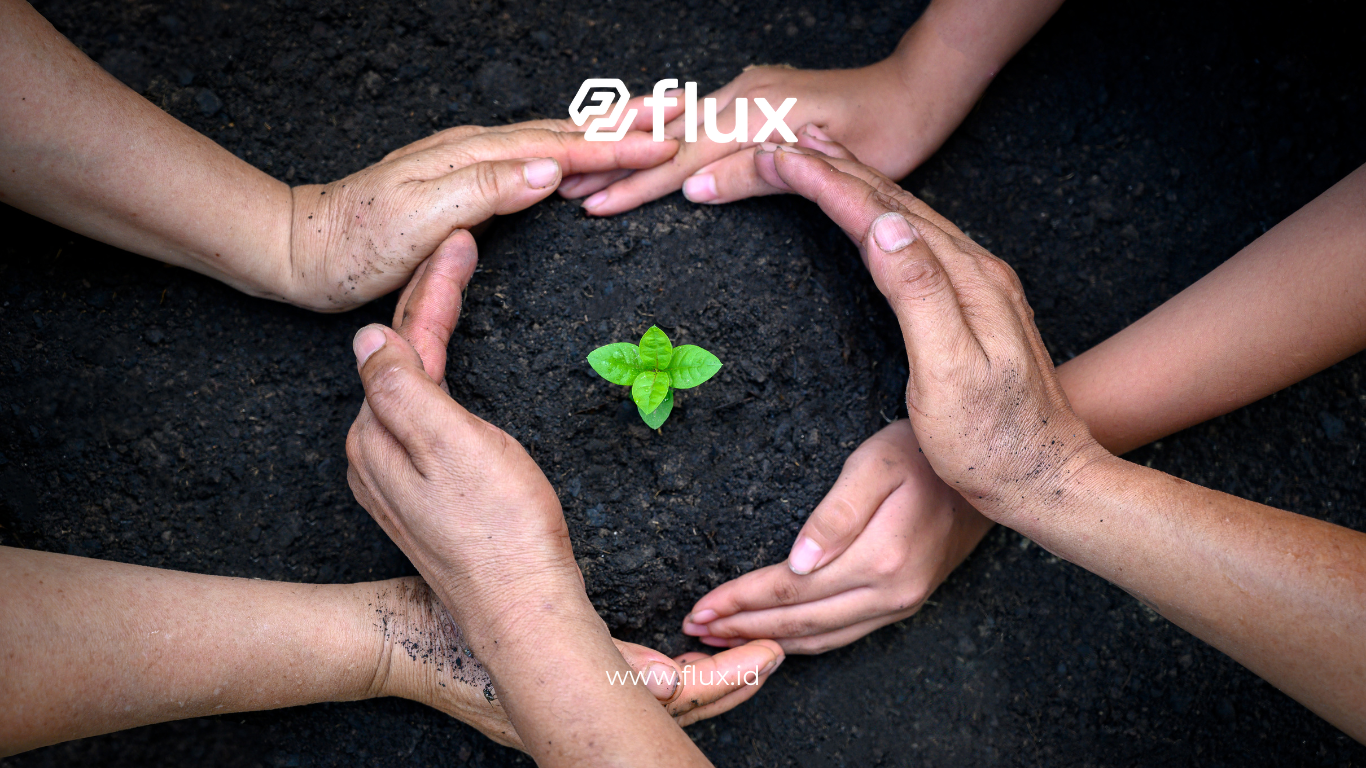Don't miss our holiday offer - 20% OFF!
Sustainable agriculture has become a pressing need amid global challenges such as climate change, land degradation, and rising food demand. One innovative solution is the use of Internet of Things (IoT) sensors to monitor soil nutrients in real time. This article explores how this technology can optimize sustainable farming practices.
Contents
Benefits of IoT Sensors for Soil Nutrients

Read More: Soil Nutrient Monitoring Technology for Nutrient Balance
- Real-Time Soil Nutrient Monitoring
IoT sensors provide real-time data on nutrient levels like nitrogen, phosphorus, and potassium (NPK). This enables precise fertilization, reducing waste and improving yields. - Cost Savings
IoT-based systems allow for efficient use of fertilizers and water, significantly cutting operational costs. - Environmental Sustainability
Overuse of fertilizers often leads to environmental pollution. Accurate data ensures that only the necessary amount is applied, preserving the ecosystem.
How IoT Sensors for Soil Nutrients Work

- Sensor Deployment in Agricultural Fields
Sensors are strategically placed to monitor nutrient levels, soil moisture, and other parameters. - Data Collection and Analysis
Collected data is transmitted to a cloud-based server for analysis using intelligent software. - Automated Recommendations
The system provides actionable recommendations, such as fertilizer application or irrigation scheduling.
The Technology Behind IoT Sensors

Read More: Future Farming Optimization with Soil Nutrient Sensors
- Key Components
- Soil Nutrient Sensors: Measure NPK levels.
- Moisture Sensors: Ensure proper water supply.
- IoT Gateway: Connects sensors to the server.
- Cloud and AI Integration
Cloud computing stores and processes data, while artificial intelligence (AI) offers recommendations based on historical patterns. - Mobile Applications
Farmers can monitor and control the system via smartphone apps.
Implementation in Sustainable Agriculture
- Optimized Fertilization
Data from sensors enables farmers to apply fertilizers precisely where and when needed. - Efficient Water Management
By combining soil moisture data with weather forecasts, water usage can be minimized without compromising productivity. - Improved Crop Yields
Proper nutrient management ensures optimal plant growth, resulting in higher-quality yields.
Case Study: Rice Farming Implementation

Read More: Soil Moisture Sensors: Enhancing Park Management Efficiency
For instance, IoT sensor implementation in rice fields in Central Java improved productivity by 20%. Nitrogen fertilizer usage dropped by 15%, while water consumption decreased by 30%. This demonstrates the effectiveness of IoT technology in supporting sustainable agriculture.
Challenges and Solutions
- High Initial Costs
Solution: Government subsidies and microfinancing schemes. - Lack of Farmer Knowledge
Solution: Training and agricultural technology outreach programs. - Limited Technological Infrastructure
Solution: Expansion of internet networks in remote areas.
Conclusion
The adoption of IoT sensors for soil nutrients presents significant potential to enhance agricultural efficiency and sustainability. This technology enables smarter resource management, improved yields, and environmental preservation. With government support and proper education, the future of sustainable agriculture looks promising.





